Coffee and chat
Marisela Treviño Orta
“Coffee and chat” are interviews with comadres and compadres meant to shine a light on what small or large companies; independent artists or ensembles are doing around the country. Café Onda is an evolving publication. Sit back, take a sip, and enjoy our monthly Cafecito. This series focuses on the playwrights from the Latinx Theatre Commons Carnaval of New Latina/o Work.
Abel Muñoz: Many poets (Federico Garcia Lorca and Sarah Ruhl, for example) have taken the leap of faith from writing verse to writing for the stage. You were originally trained as a poet, but switched to writing plays. Could you please describe for us what this transition was like for you?
Marisela Treviño Orta: It was ten years ago that I began my transition from poetry to playwriting. I was drawn to theatre for two reasons.
First, I was drawn to the people. The theatre community embraced me in a way that poetry had not. Poetry was a very solitary experience for me. I think that’s the case for a lot of poets. By contrast, theatre was filled with gregarious people and I was drawn to the idea of working with and collaborating with others.
Second, I found in theatre a way to explore political themes I had avoided in my poetry. In poetry I feared how heavy handed rhetoric could be, but in social justice theatre I found a way to put the focus on empathy. If you can make an audience care deeply about your characters, you can explore political and social justice issues without being too didactic.
I found my way to theatre while studying poetry at the University of San Francisco—I was getting an MFA in Creative Writing. Through my on-campus job I ended up meeting a social justice theatre company called El Teatro Jornalero! I joined as their Resident Poet and after a year of watching them develop and devise a piece, I got curious about playwriting.
During my last year in my MFA program I decided to try and write a play. That play got into the 2005 Bay Area Playwrights Festival and that was the first big push that put me on my current trajectory.
All through college I studied cultural hegemony as a way of understanding my personal geography—what it means to have one foot in each culture (US and Mexico) and yet somehow feel apart from both.
Abel: Mark Twain once wrote: “Write what you know.” The idea of place or location is essential to writing for the theatre. What role has geography played in the development of the stories you have recounted for the stage? And how have you internalized and expressed the sentiment expressed by Araceli, one of your characters in Woman on Fire, when she murmured that hometowns “have a special hold on us?”
Marisela: Geography is such a personal thing in my view—it shapes who we are in conscious and unconscious ways. All through college I studied cultural hegemony as a way of understanding my personal geography—what it means to have one foot in each culture (US and Mexico) and yet somehow feel apart from both.
My first three plays all focused on the US/Mexico border in one way or another. Upon reflection, I began to see the border as a real and mythic place where I go to wrestle with issues of cultural identity.
Your question also has me thinking about all my plays and where they’re located—the sights, the sounds, the heat. I like to attend to the imagery and sensory elements in my plays—perhaps it’s rooted in geography, in the idea that the specificity of geography is an important element to my playwriting.
Hometowns do indeed have a special hold on us. They imprint so much onto us. I have a bit of nostalgia for small towns mainly because I grew up in one. I’ve never written about my hometown, but half of Heart Shaped Nebula takes place in Seguin, Texas—the town I lived in right before moving to San Francisco.
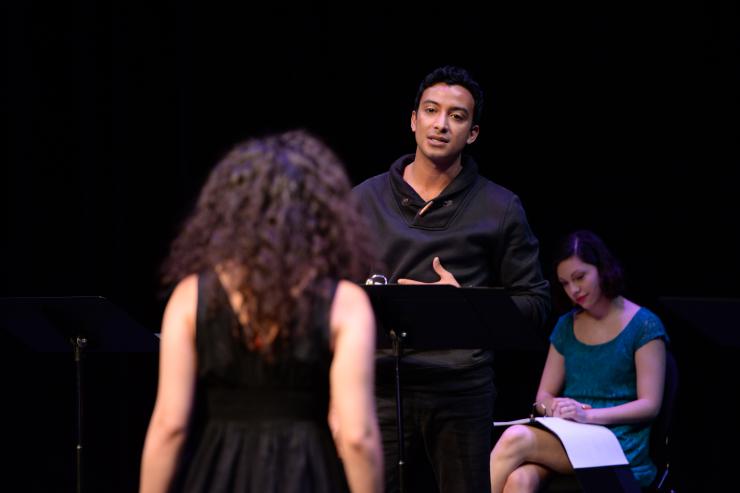
Abel: After reading some of your work, I noticed the reoccurrence of elements of the “magical,” or Alejo Carpentier’s idea of “lo real maravilloso.” Can you elaborate a little more about your fascination with these elements?
Marisela: When I first began playwriting I was drawn to playwrights who write with their imagination unbound—playwrights like Sarah Kane, Christine Evans, and Jose Rivera.
As a poet, I see magical or surreal moments as metaphors. I’m also very interested in how the emotional world of the characters impacts the physical world on the stage. You see a lot of that happening in my early plays—a scene reaches an emotional pitch and something surreal happens, like a painting will melt. Perhaps it’s the poet in me realizing that sometimes words are inadequate to fully convey a feeling or emotion—that sometimes we need imagery.
Abel: Who are you some of your stylistic influences and how has their work impacted you?
Marisela: Sometimes it’s hard to step back and see the styles you’re employing or to trace your influences. Though, as I began writing Wolf at the Door I was reading all of Lorca’s plays. There was something about the pacing and the form of the language that I found really compelling.
Early on I know that Sarah Kane’s play Cleansed had a big impact on me—her sunflower bursting through the floor blew my playwright newbie mind. Along with that play, the work of Christine Evans also influenced my early plays—her poetry and use of imagery.
And of course I can’t ignore how poetry has influenced me. Poets like Naomi Shihab Nye and Pablo Neruda have definitely influenced how I approach language.
Abel: Those who had the opportunity of attending Latina/o Theatre Commons’ Carnaval 2015 had the wonderful opportunity of witnessing a reading of your work Wolf at the Door. This piece, along with The River Bride, contain the subtitle or description “a grim Latino fairy tale.” Could you elaborate more on this description and some elements of this type of fairy tale?
Marisela: Of course “grim” is a bit of word play on the Brothers Grimm. Their fairy tales are so dark and violent. They were cautionary tales—helping people navigate the dark and dangerous world they lived in. These days fairy tales are very sanitized; a lot of the violence is gone and the focus is more on the “happy ending.”
With this cycle of plays, I was interested in writing fairy tales similar to those written by the Brothers Grimm—cautionary tales for adults. The plays deal with regret, agency, and empowerment.
The fairy tales are “Latino” because each of them draws inspiration from a specific Latino folklore or mythology. Wolf at the Door is set Mexico and is based on a Mesoamerican belief. The River Bride is set in Brazil and is inspired by Amazonian folklore. And Alcira is set in San Francisco and is based on Aztec mythology.
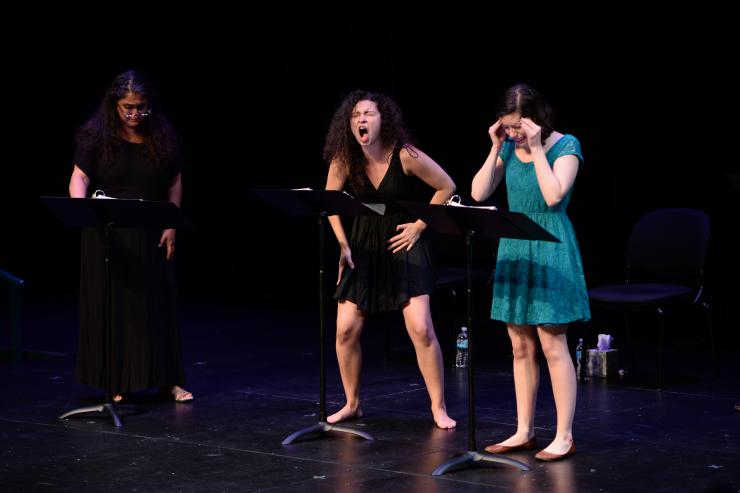
Abel: As artists, we do not create art in a vacuum. Who are you currently reading and how is this work impacting the projects you are currently working on?
Marisela: I’m reading a lot for class—which is great! Shakespeare and Brecht are making me itch to write something epic.
But I have another reading project that I may start soon—I’ve been wanting to read War and Peace for a few years now. I loved Anna Karenina—Tolstoy is incredible. His language, the way he puts a character’s thoughts on the page—I’ve never read anything that so captured that experience.
Tolstoy’s work is also epic. So perhaps if I find the right subject I’ll try my hand at that.
Abel: I have thoroughly enjoyed reading your work. I am excited about your future endeavors. What are you currently working on and do you think you will continue to write “grim Latino fairy tales?”
Marisela: I’m currently working on Ghost Limb, a play that’s been on the shelf for many years. It’s set during Argentina’s Dirty War and it’s about a mother whose son is disappeared. I’m drawing inspiration from the painter Francisco Goya, the Greek myth about Persephone and Demeter, and maybe a bit of Lewis Carroll. I’m excited to finally return to this play, especially now that my writing abilities have developed.
As for the grim Latino fairy tales…currently there are three plays in that cycle. The poet in me likes things in the threes, but I’m not saying I wouldn’t write additional fairy tales for the cycle. I’ll let my muse decide.

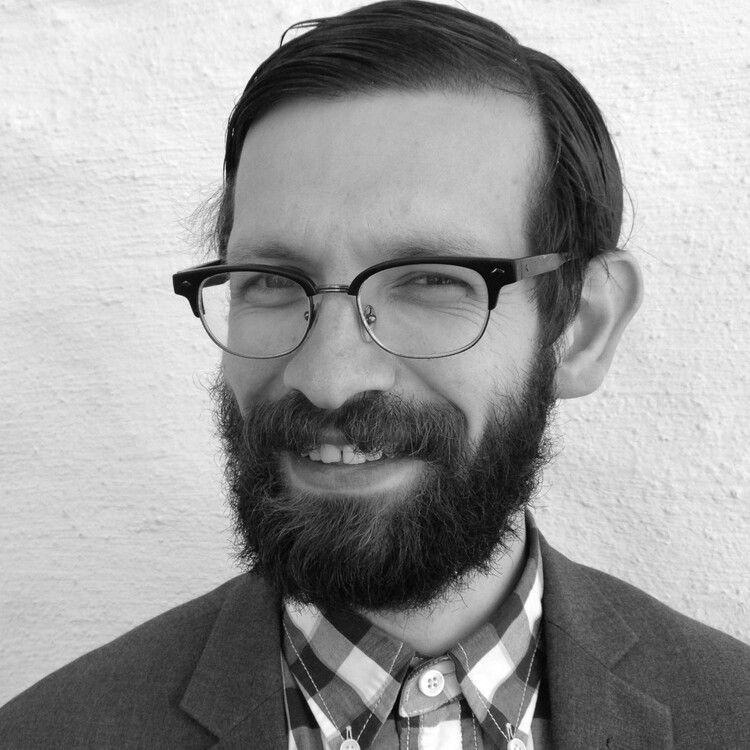
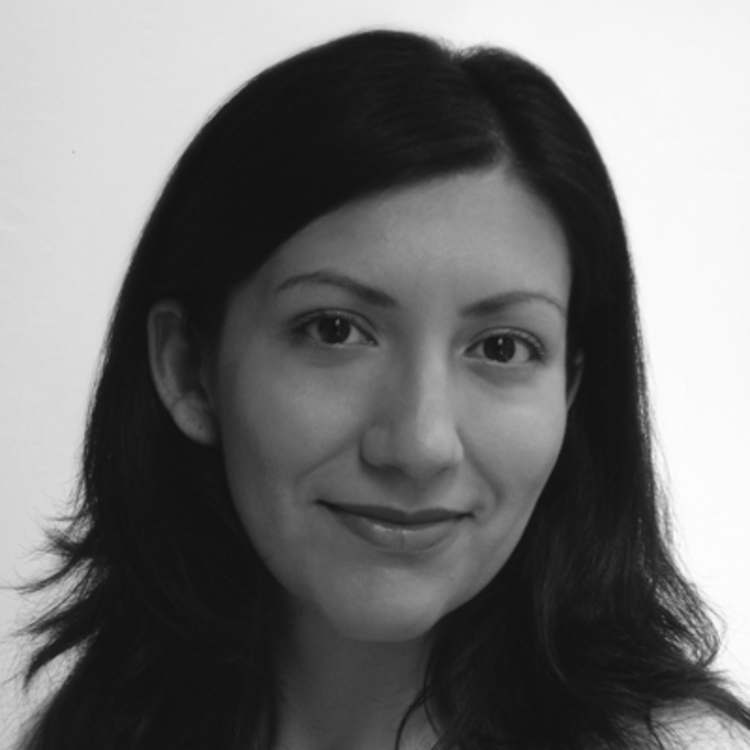

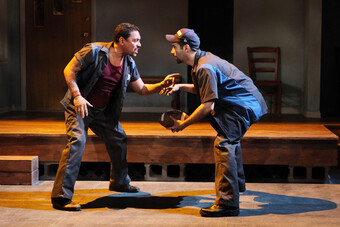


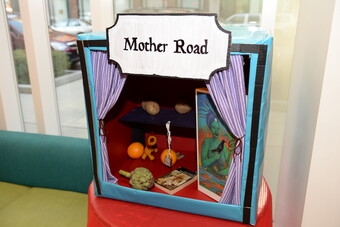


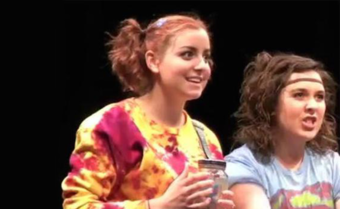


Comments
The article is just the start of the conversation—we want to know what you think about this subject, too! HowlRound is a space for knowledge-sharing, and we welcome spirited, thoughtful, and on-topic dialogue. Find our full comments policy here